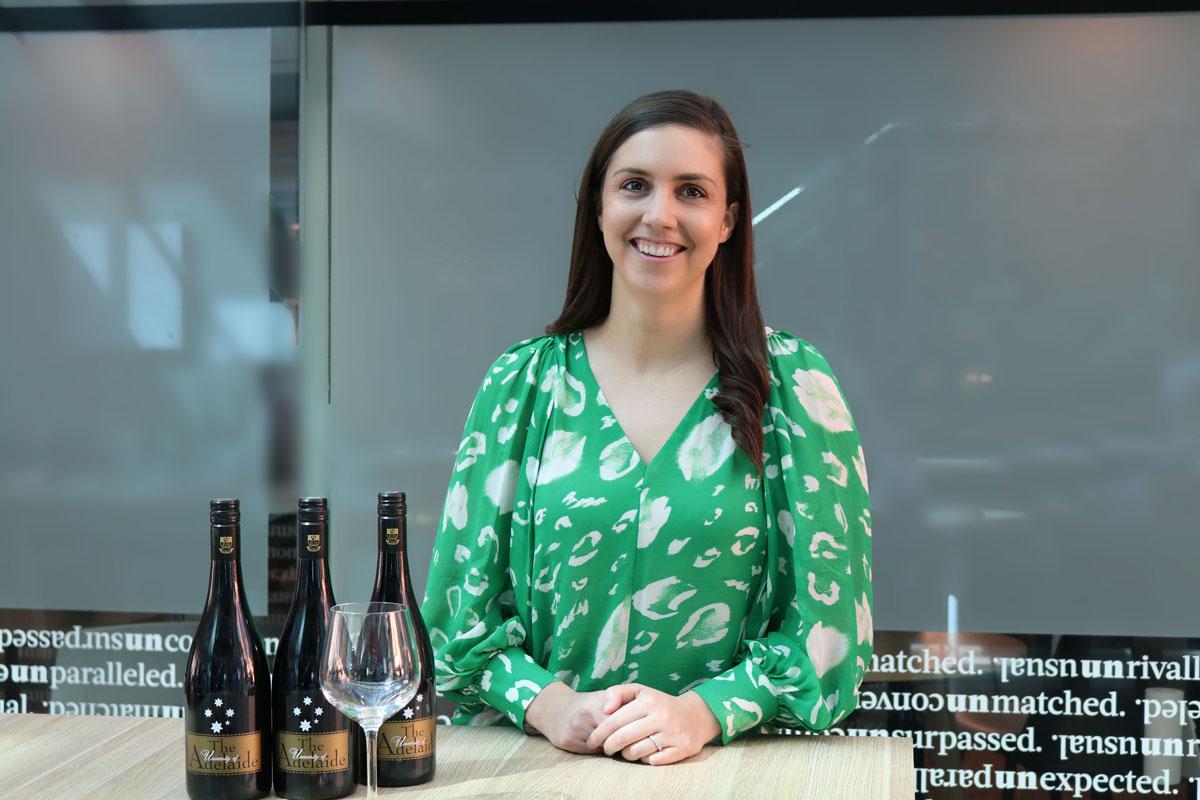Can you really judge a book (or wine) by its cover?
Understanding the relationship between label design and taste in shaping consumer reactions to wine.
Imagine you are looking for a good bottle of wine for dinner. You visit the store and notice two particularly appealing labels. One shows a traditional chateau with dull colours, the other is modern, bright, and flashy. Upon tasting the wines, you feel that neither kept its promise. The wine with the traditional label tastes young and fresh, while the wine with the modern label tastes mature and full-bodied. You turn back to the shelf with endless options to start your search again, wondering whether you relied too much on the label in your choice. So what happened?
The interplay of external product cues (extrinsic) such as the packaging, label or brand, and internal product features (intrinsic) such as the taste or smell of the wine, was probably mismatched. Since consumers consider both extrinsic and intrinsic product features when making purchasing decisions (especially with wine when we can often taste before purchasing), adverse reactions can occur if these product features do not match.
So how exactly do extrinsic and intrinsic product features interact and influence consumers? Exploring this idea further, we recently conducted a series of experiments to assess the effect of the interaction between the aroma profile and taste perception of wine with its label, and the reactions to the product.

Our findings indicated that consumers react positively to products with a high perceived correspondence of the product features and judged them to be of higher quality. Further, to this, consumers rate wines with a label that they consider to be the right one overall more attractive, of higher quality and are willing to buy and recommend these wines to others. The reverse is also true: discrepancies between wine taste and label design lead to negative reactions, and lower perceived quality and intent to purchase.
Further to this, we identified four dimensions of label design that consumers take into account when evaluating labels: colours, shapes, massiveness, and design style. Label designers need to carefully design these four dimensions together with product managers, to develop labels that adequately reflect intrinsic product properties, and thus elicit desired customer reactions. Therefore, having the same label design implemented across a collection of varied varieties may not be successful.
Warm colours such as yellow and red should be chosen for rather sweet wines, while grey and white are more suitable for dry wines. We deduced that round and soft contours in label designs are also more ideal for sweet wines, while angular shapes are more suitable for drier wines.
It is clear from our research that extrinsic and intrinsic product features should not be viewed in isolation. Winemakers and label designers should take a holistic view of all available product features and coordinate them to create an overall experience that is as consistent as possible.
Designing and selecting appropriate wine labels is no trivial matter. Far too often, labels can be designed and developed without enough consideration of the style of wine in the bottle, missing the enormous potential for optimisation. If you want to convince consumers, the label has to match the style of the wine, and when developing new labels, considering this unity is essential.
Dr Rebecca Dolan is the Director of our Wine Business programs and a passionate member of the wine business community. She teaches a number our courses including Direct wine marketing and cellar door management and has been published in over 30 international journals and publications. If you would like to know more information about our wine business programs, please get in touch with Dr. Rebecca or a member of our friendly team.
The article is an excerpt from a research project by Dr. Rebecca Dolan (University of Adelaide Business School) Dr. Sergej von Janda (University of Mannheim) , Professor Laura Ehm (Weincampus Neustadt) and Professor Gergely Szolnoki (Geisenheim University).
Study
We offer a range of business related degrees, enabling students to choose their own path and become career ready.

